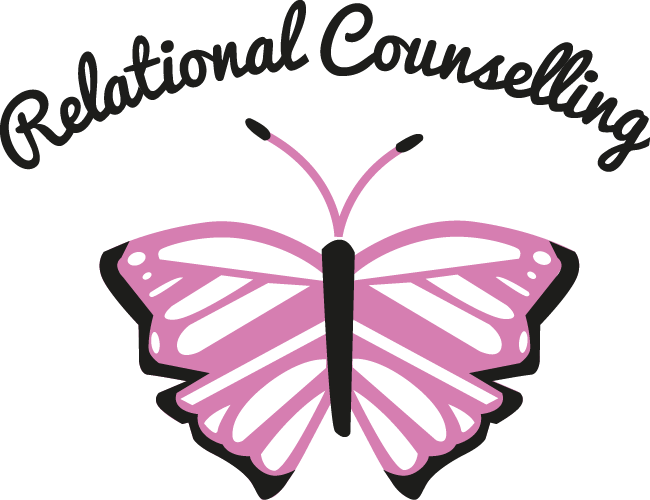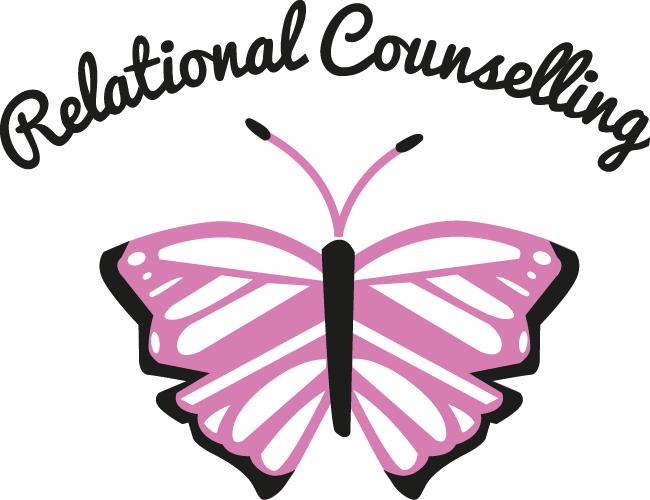Topic Of The Month: Circle Of Control
The Circle of Control is a model based on Stephen Covey's "Circle of Concern, Circle of Influence." The idea behind the model is that there are three circles in which our thoughts, feelings, and behaviours operate: the Circle of Control, the Circle of Influence, and the Circle of Concern.
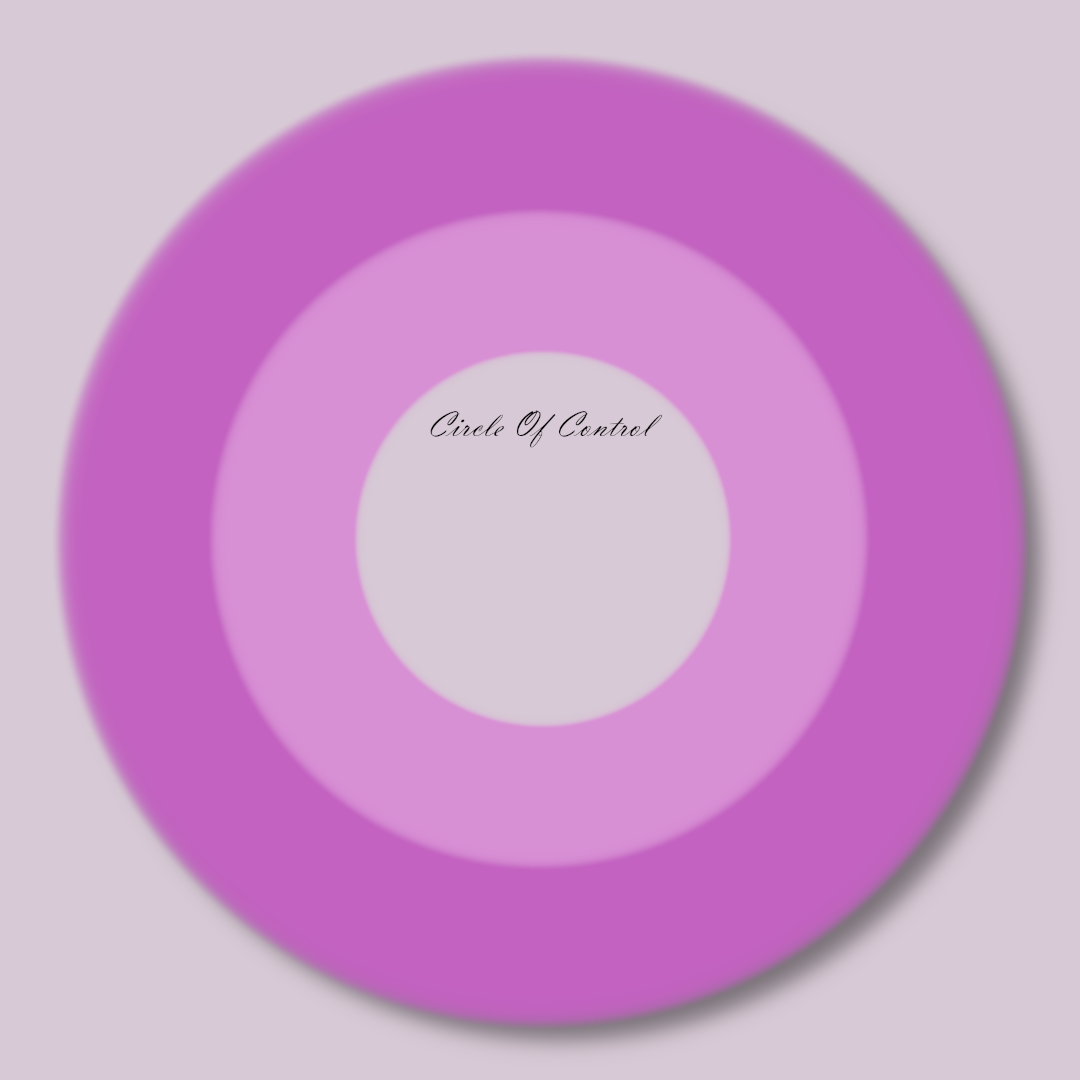
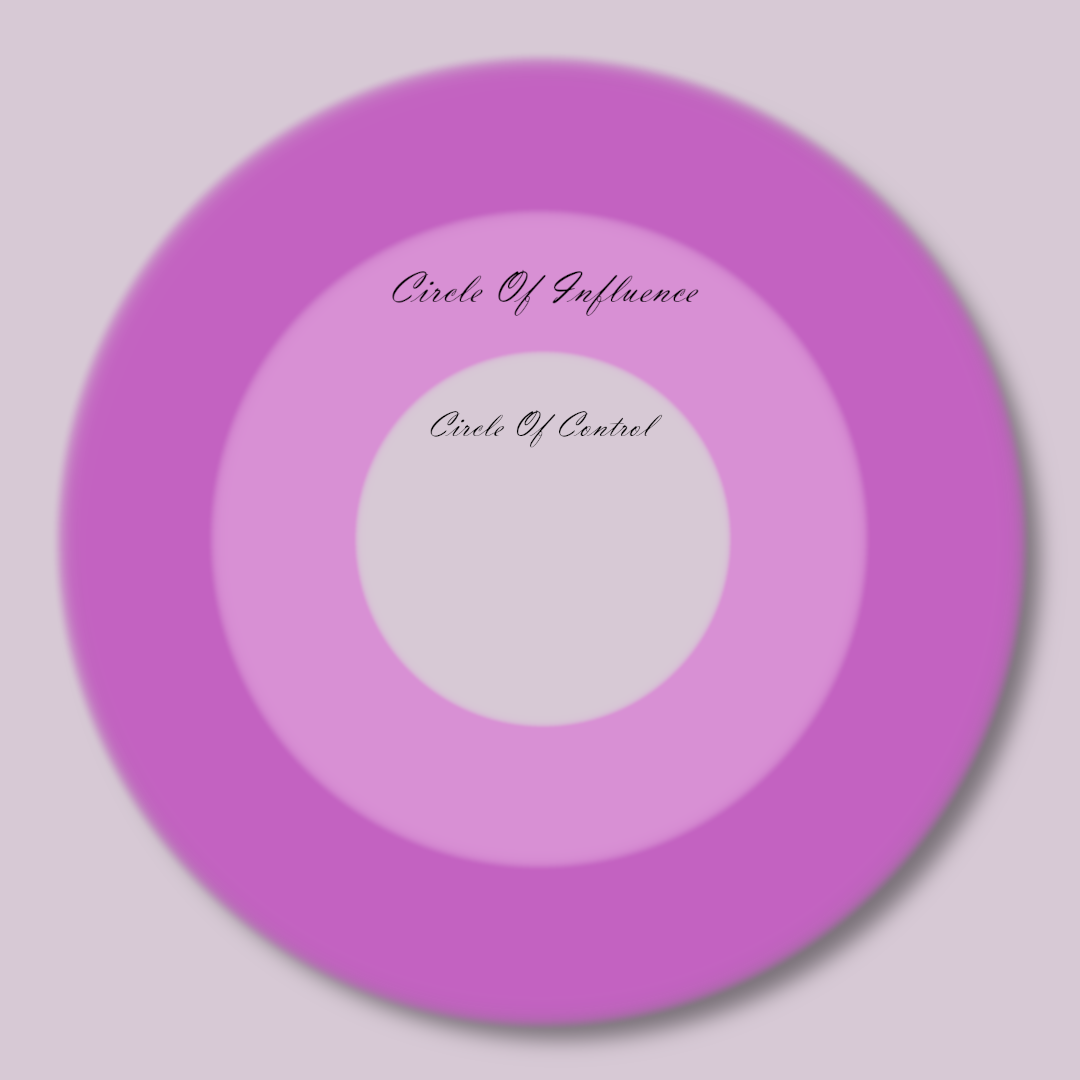
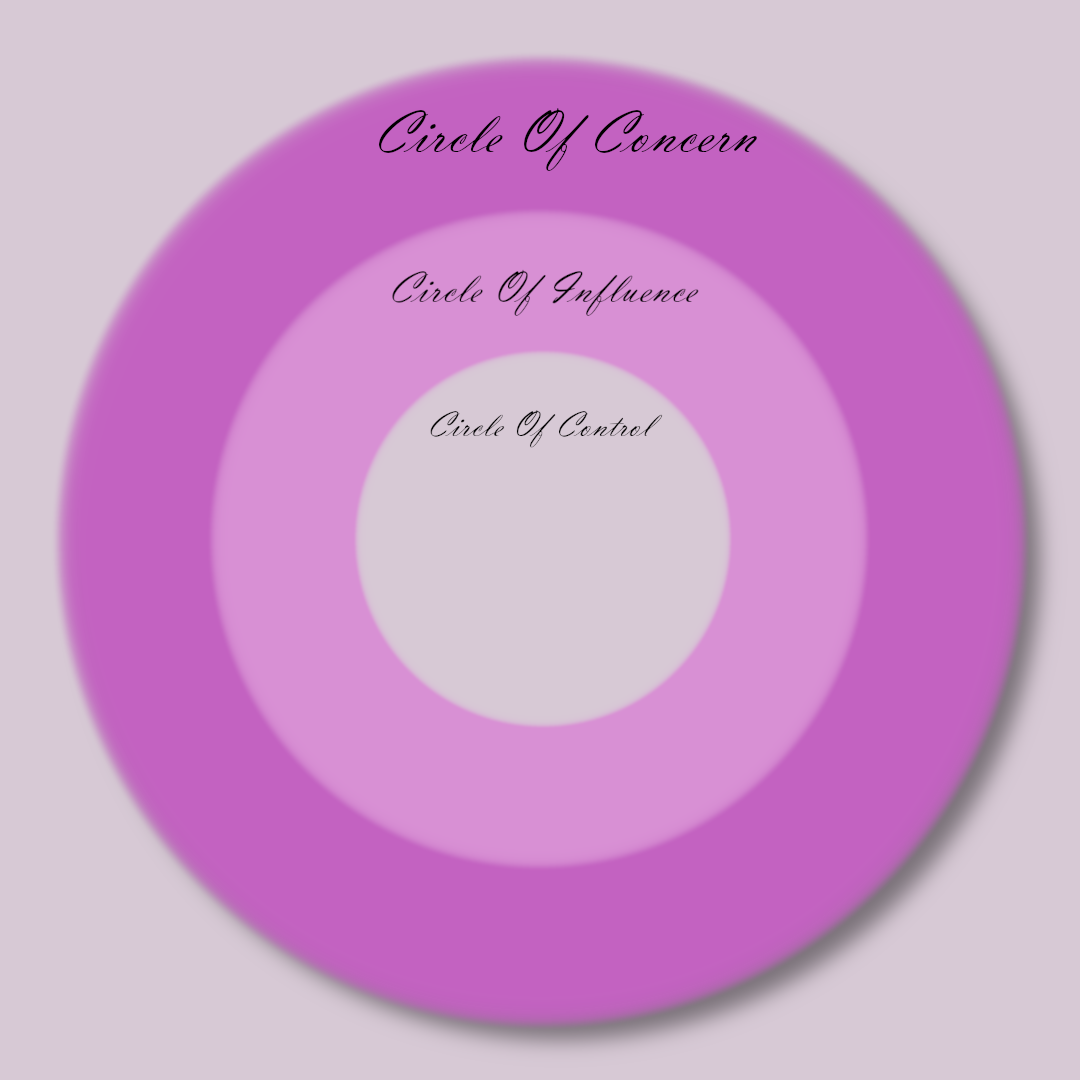
The Circle of Control is the smallest circle and represents the things that we have direct control over. This includes our thoughts, feelings, and behaviours. When we focus on the things within our Circle of Control, we are more likely to feel empowered and in control of our lives.
The Circle of Influence is the second circle and represents the things that we can influence but do not have direct control over. This includes our relationships, our work, and our environment. When we focus on the things within our Circle of Influence, we can still have a positive impact on our lives and the lives of those around us.
The Circle of Concern is the largest circle and represents the things that we are concerned about but do not have control or influence over. This includes things like world events, other people's behaviour, and the future. When we focus too much on the things within our Circle of Concern, we can feel overwhelmed, anxious, and helpless.
The key to using the Circle of Control is to focus on the things within our Circle of Control and our Circle of Influence. By doing so, we can feel more empowered and in control of our lives. Here are some tips for using the Circle of Control:
Identify the things that are within your Circle of Control. These are the things that you have direct control over, such as your thoughts, feelings, and behaviours.
Identify the things that are within your Circle of Influence. These are the things that you can influence but do not have direct control over, such as your relationships, work, and environment.
Let go of the things that are outside of your Circle of Control and Circle of Influence. These are the things that you cannot control or influence, such as world events, other people's behaviour, and the future.
Practice mindfulness and focus on the present moment. When we focus on the present moment, we are more likely to be aware of the things within our Circle of Control and Circle of Influence.
Take action on the things within your Circle of Control and Circle of Influence. When we take action on the things that we can control or influence, we are more likely to feel empowered and in control of our lives.
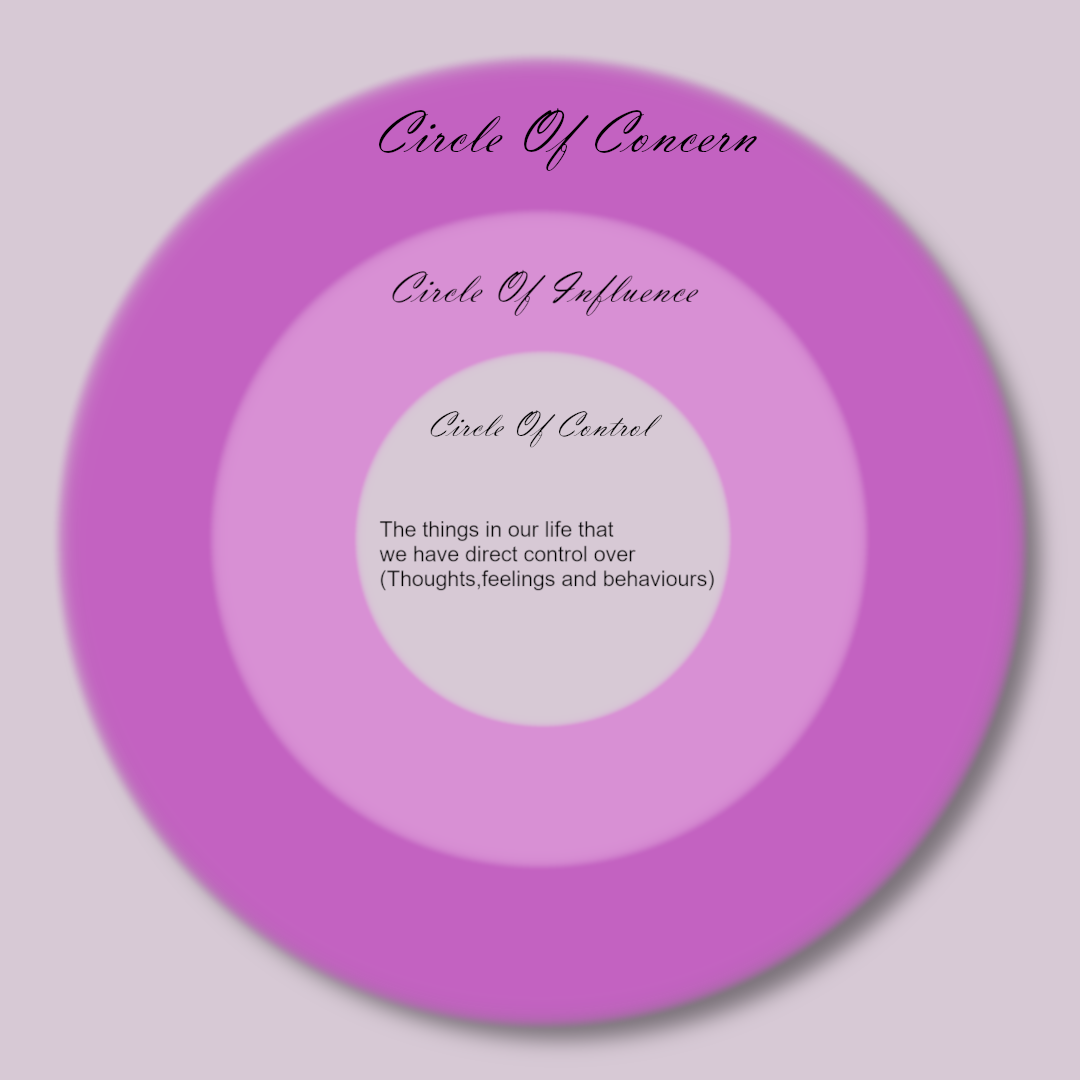
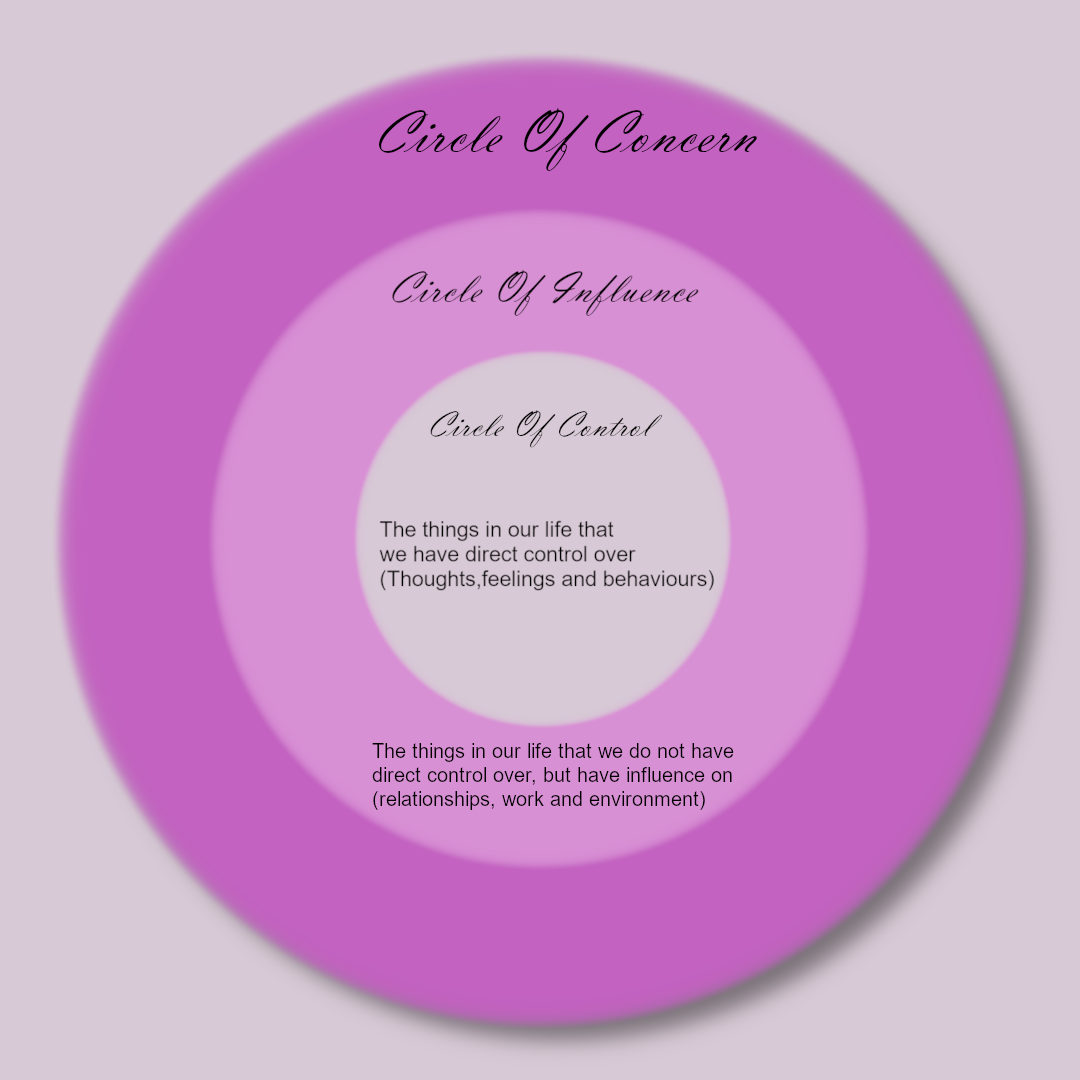
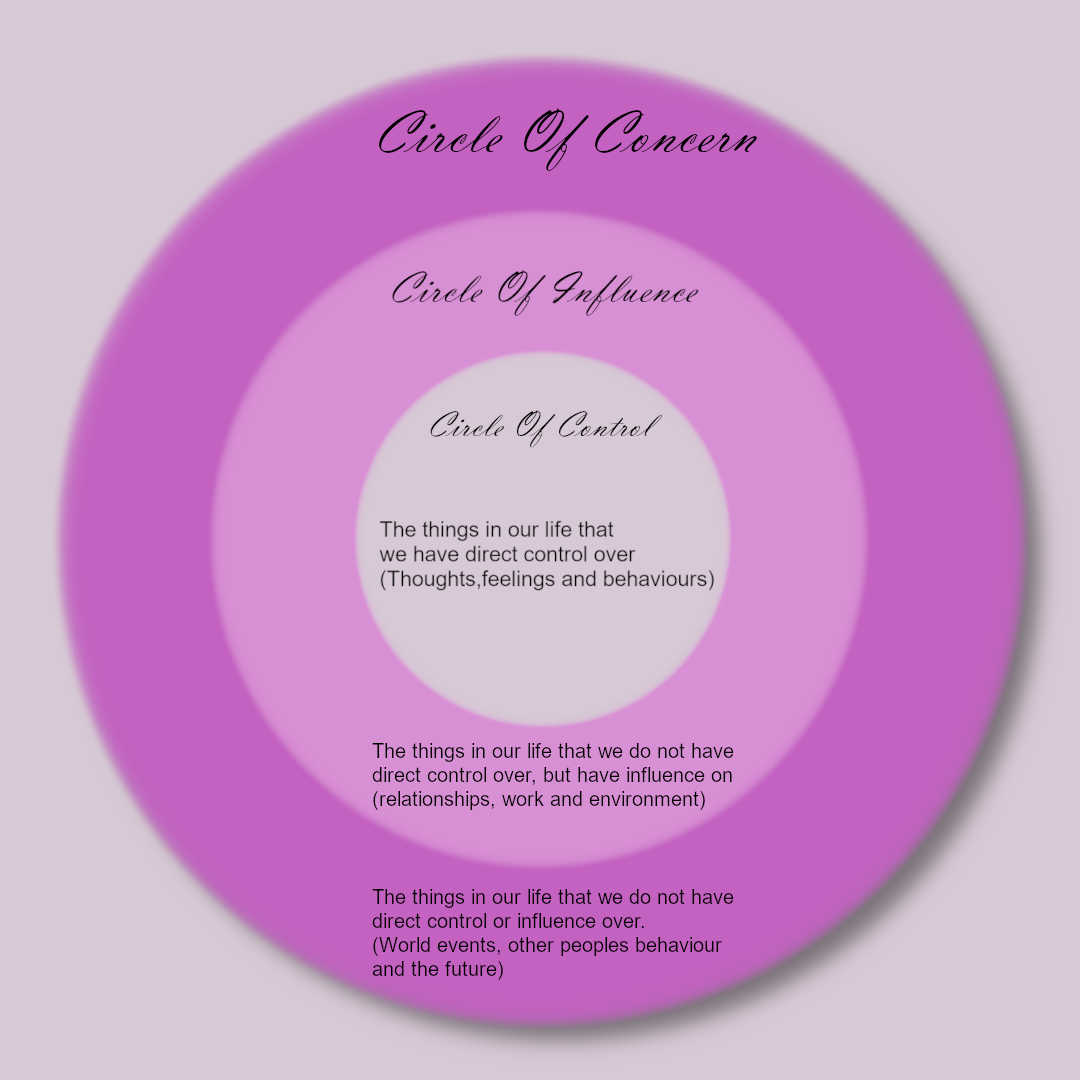
In conclusion, the Circle of Control is a powerful tool that can help us feel more empowered and in control of our lives. By focusing on the things within our Circle of Control and Circle of Influence, we can let go of the things outside of our control and feel more at peace with the world around us.
How therapy can help
It can be very easy to fall into the trap of thinking that we are solely responsible for everything that happens to us. Believing that if we just did this one thing differently, then our life would be in a place that more closely resembles where we want it to be.
The circle of control is just one of many tools used in therapy to change our pattern of thinking and perception of the world that is handed to us. While it would be great if we could be given a blank canvas and a magic paintbrush to paint our lives as we see fit, the best we can do for now is take note of the things we can change and have influence on and understand that some aspects of our reality are out of our control. Therapy can help us put certain worries into perspective so that we are not buried under the weight of an aspect of our lives that we have no say over.
If you would like to learn more, contact Relational Counselling.
-By Patrick
If you need to talk to a counsellor contact
Relational Counselling
